Another important factor that affects exposure is shutter speed. As you already know, there are 3 main elements that make an exposure triangle. They are aperture, shutter speed, and ISO.
You need to understand how shutter speed works if you want to take beautiful and sharp photos in every situation.
What is the Shutter Speed?
Shutter speed is another way to let light in the camera sensor. In other words, it’s the time that the shutter is open. The moment you click a button to take a photo, the shutter clicks.
When you are using Auto mode, the camera is programmed to get the best possible exposure for that particular situation. But, the camera can’t read your intentions, unfortunately.
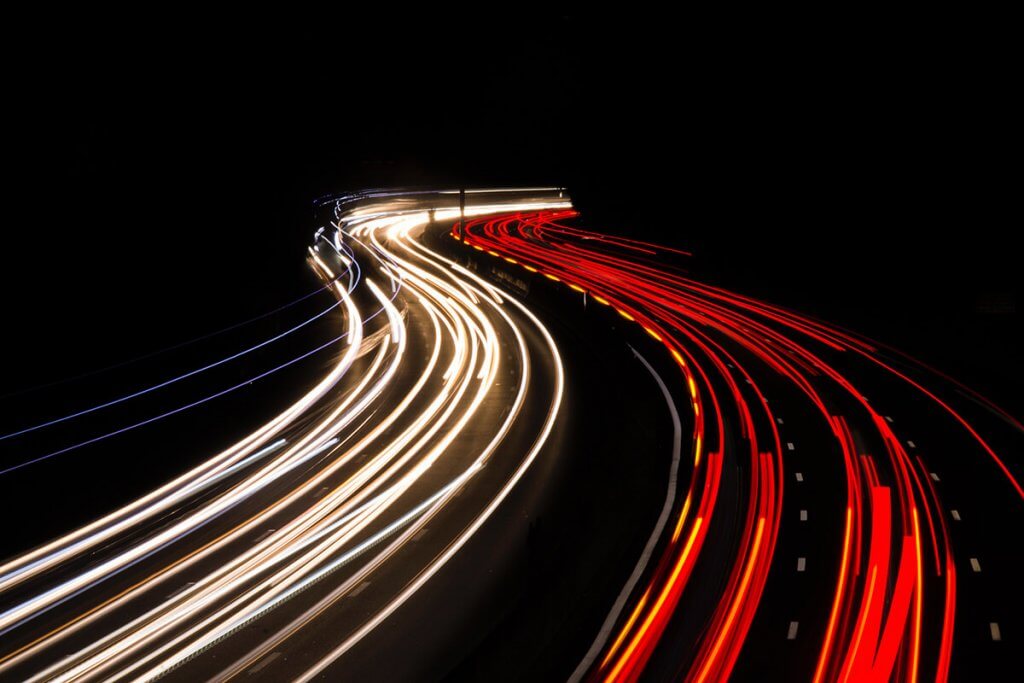
If you want to capture a fantastic photo of the road with light trails at night, you need to set a longer shutter speed to get this kind of photo. Just like on the sample above, a photographer used 9 seconds shutter speed to capture light in the dark.
What Do You Need to Know About Shutter Speed?
1. Shutter speed is measured in seconds. As a rule, it is shown as 1/30, 1/60, 1/125, 1/500 and so on. For instance, 1/60 shutter speed means that the shutter will open and close in one-sixtieth of a second. Most cameras offer a big range of shutter speeds, starting from several thousands of a second up to a 30 seconds.
2. Use shutter speed 1/60 or faster in most cases. Any shutter speed which is slower than this will lead to camera shake. Camera shake occurs when you take a handheld picture. You may think you stay ideally still, however, even a slight movement (press of the shutter button) shows up on your images as blurriness.
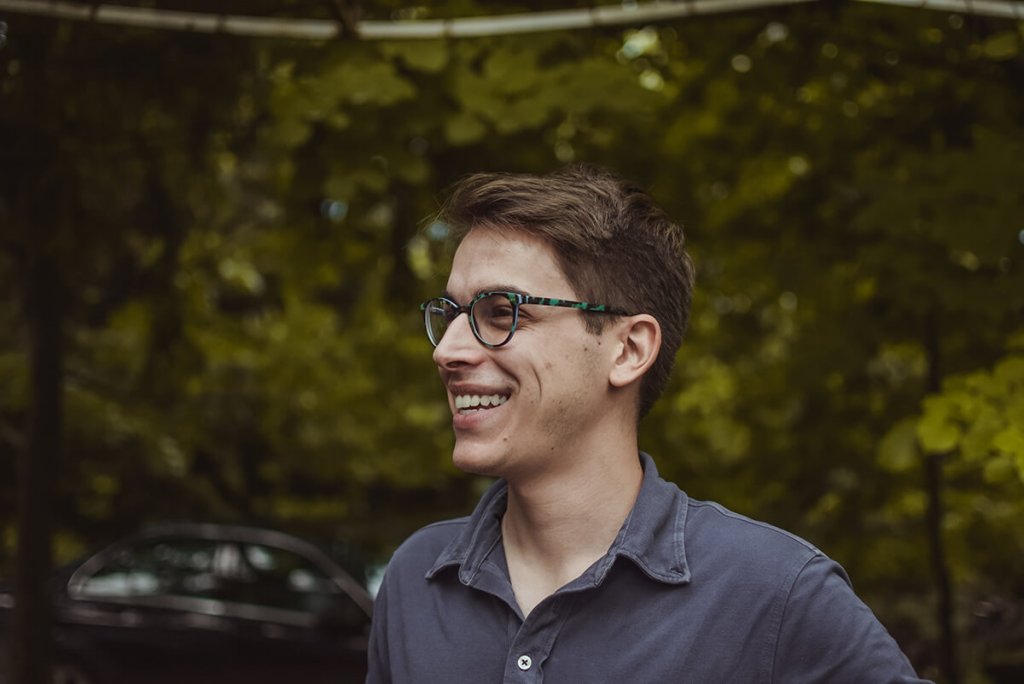
3. Shutter speed lower than 1/60 is not recommended without a tripod. Otherwise, camera shake will be seen on the picture.
4. Some cameras allow you to take pictures in low shutter speed, up to 30 seconds. This type of settings can be used when you take photos in low light conditions and want to capture some creative shots with moving light. For example, to get a photo with light trails you need to choose shutter speed from 3 seconds or longer depending on how fast your object is moving.
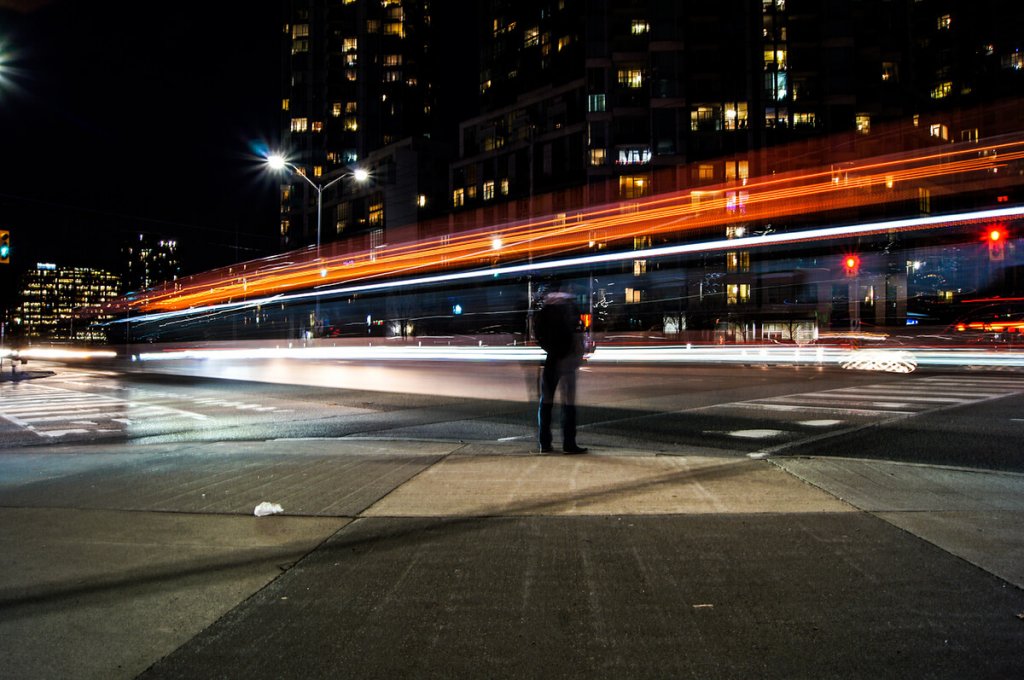
5. And oppositely, to take a clear picture of a fast-moving subject, you need to set a fast shutter speed. Typically, fast shutter speeds are usually used in sports photography.
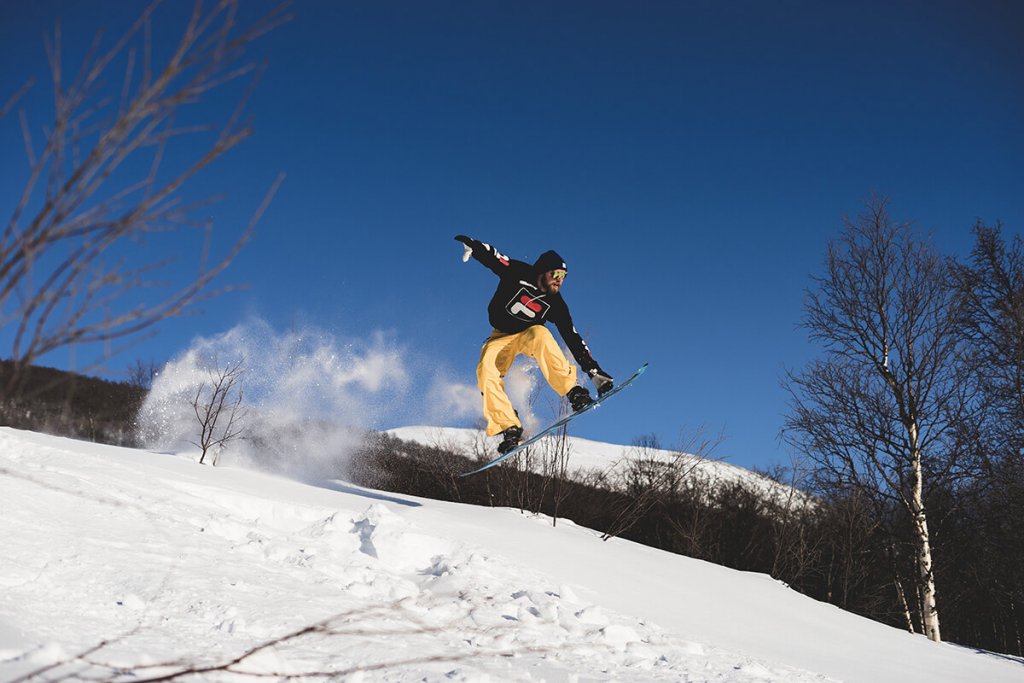
Creative Effects with Shutter Speed
With shutter speed, you can achieve some cool effects, such as motion blur, long exposure, ‘freezing’ motion, and light painting.
Motion blur or panning photography is a type of photo when you shoot a moving subject while you, the photographer, are also moving. The type of shot you’ll get is a sharp moving object (a car or a runner) with a blurred background. Here is an amazing example of motion blur photography:
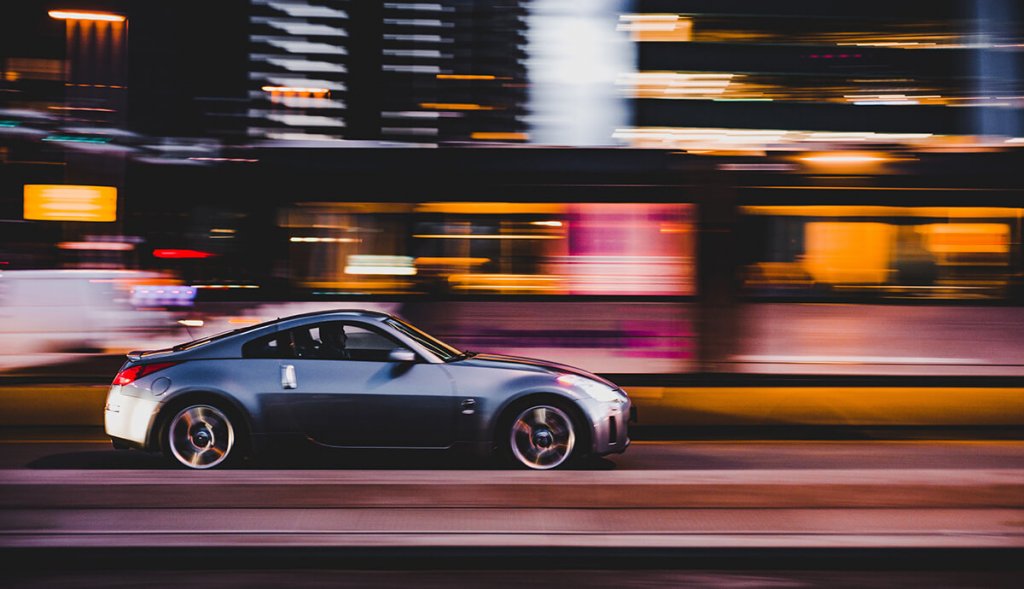
Long exposure shots are when you use a much longer shutter speed, for example, from a few seconds up to several minutes. This way you’ll get creative effects, such as light trails from cars at night, or smooth blurred moving water.

Light painting is a cool technique which has become quite popular lately. You can get really creative shots if you know how to paint with light. Use any kind of light, for example, neon light or a flash, and ask a model to move it in a certain way. Here is how light painting photography could look like:
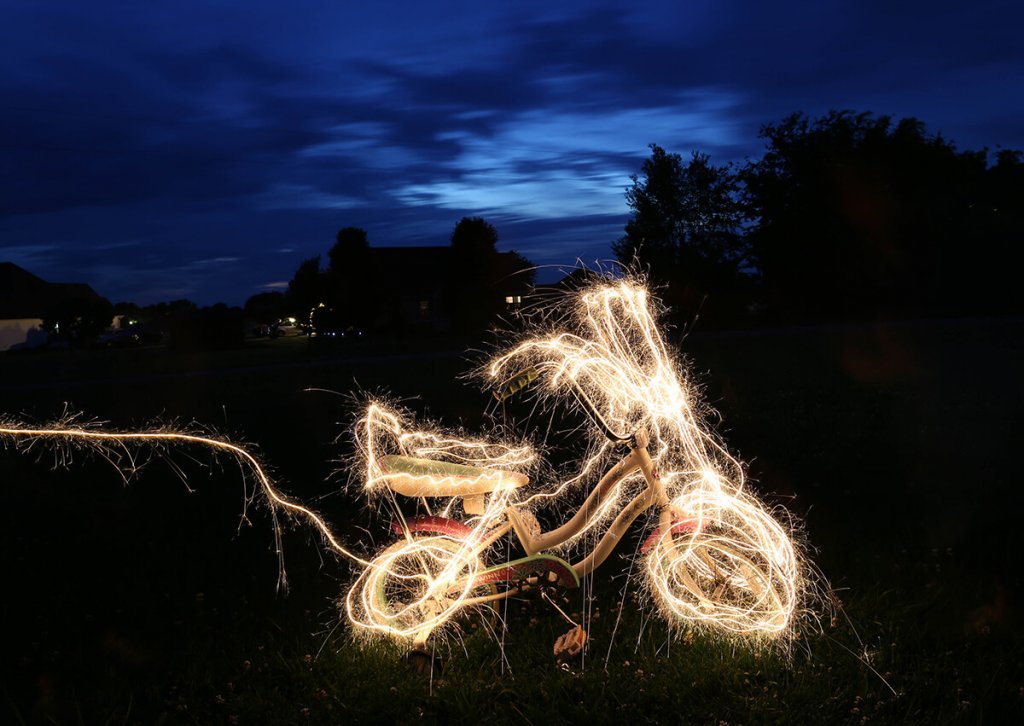
Another great effect is ‘freezing’ motion which you can achieve by experimenting with the shutter speed. You can get this effect by using a very fast shutter speed. It can help you to capture athletes in action or water splashes.
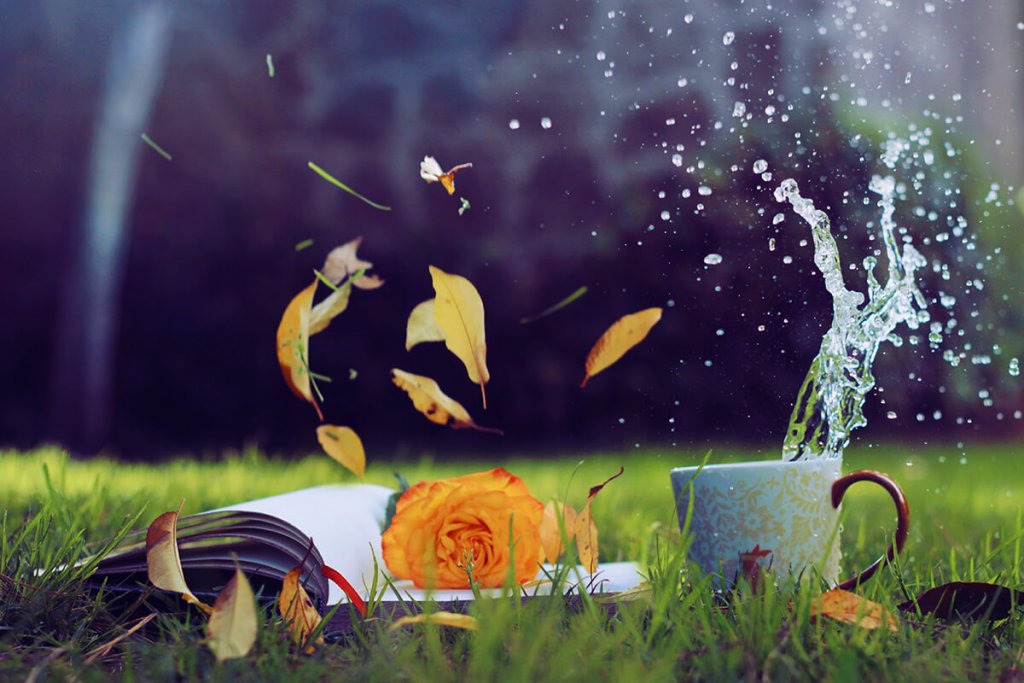
***
Go out and experiment with shutter speed. Don’t hesitate to share your creative shots with us in the comment field below.
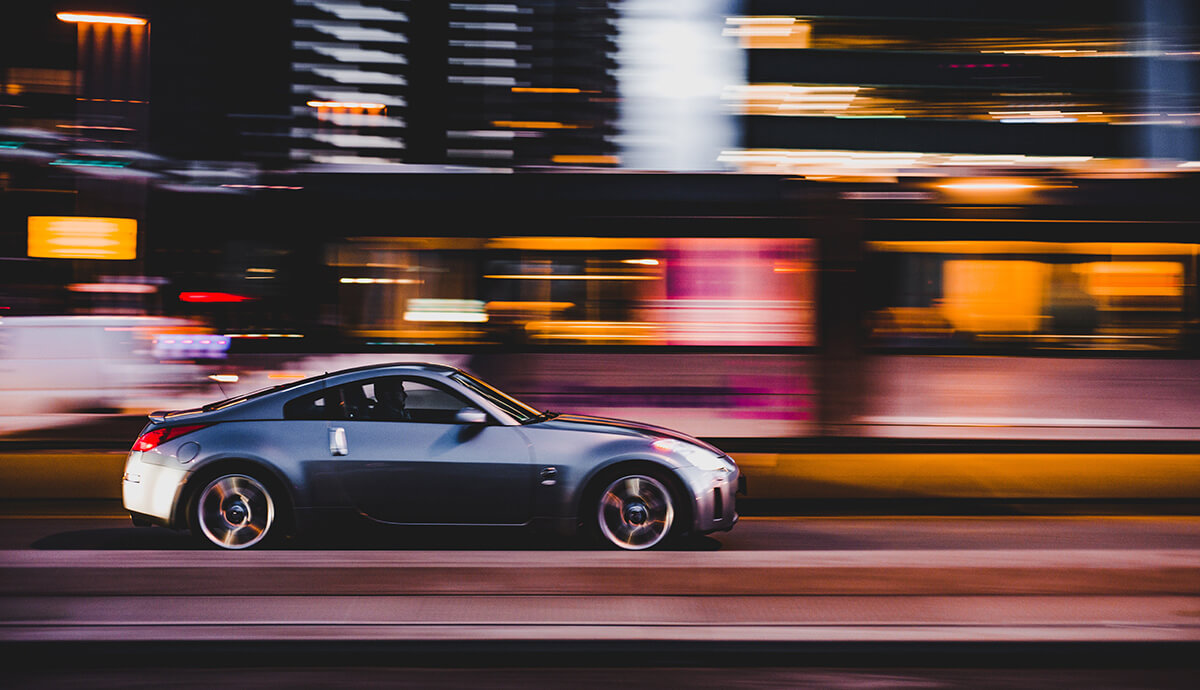




2 thoughts on “Introduction to Shutter Speed”